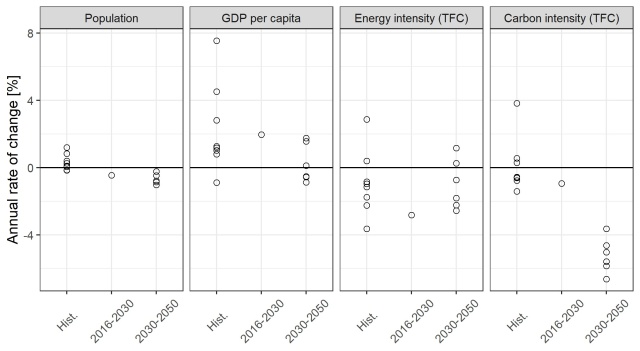Information of Paper
Author:Diego SILVA HERRAN, Akihisa KURIYAMA
Year:2020
Journal:Working paper, Institute for Global Environmental Strategies, 1-29
Link to the paper
Keywords
Scenario analysis, Japan, long-term strategy
Abstract
This paper highlights the challenges for realising Japan's long-term strategy (LTS) for decarbonisation, also referred to as the mid-century strategy (MCS), and the role of scenario analysis in the formulation and strengthening of this strategy. Although the government of Japan declared on 26 October 2020 to reduce greenhouse gas (GHG) emissions to net-zero by 2050, this paper analysed the goal of 80% GHG emissions reduction goal by 2050, due to the data availability of the model analysis for the LTS. Materialising the deep societal transformations needed across all economic sectors for realising Japan’s LTS goal will be a challenge for Japan, given that changes will need to occur at a speed and scale that are likely beyond anything experienced in the past. Therefore, identifying these challenges is fundamental to assess the feasibility of the LTS. Long-term scenario analysis is also crucial for this assessment, as these scenarios describe the range of possible outcomes from different socio-economic developments in the long term, covering a broad set of aspects in a quantitative and systematic manner. To clarify these challenges, this paper reviews Japan’s LTS, and compares the results from model analysis on long-term scenarios (by 2050) against the historical trends and the NDC commitments (by 2030). This knowledge is fundamental for decision-makers in order to assess the uncertainty involved in the formulation and realisation of the LTS.





